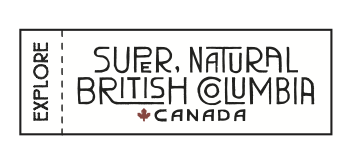Exploring Heritage and Historic Landmarks in the Fraser Valley
There is a cultural mosaic that exists between the Fraser Valley’s craggy mountains and dense forests. These fascinating tales of people and places beckon to be discovered. Indigenous Peoples call the area home and their stories are forever connected to these lands and waters. Over the last few centuries, settlers have added their own imprints upon the area as they moved here for farming, logging, commerce, and the Gold Rush.
Today, visitors can learn more about the rich living culture of the Stó:lō Peoples and early settler life through tours, museums, and historic attractions dotted throughout the Fraser Valley. Here are a few ways to explore the region and its heritage.
Langley
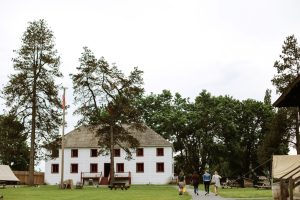
The area now known as the Township of Langley is on the traditional lands of the Katzie, Kwantlen, Matsqui, and Semiahmoo First Nations, whose connection with this area can be traced back to ancient times.
In recent settler history, the Hudson’s Bay Company outpost of Fort Langley National Historic Site was part of a network of fur trade forts operating in the New Caledonia and Columbia Districts and a hub for travellers, gold prospectors, fur traders, and the local First Nations. Today, this site offers a glimpse into settler life and the important role Indigenous people played in British Columbia’s fur trade.
The Alder Grove Heritage Society & Telephone Museum in the 1910 BC Mills building houses archive photos, vintage telephone records, and hundreds of family stories from the area.
In 2023, visitors and locals will be able to enjoy the Township of Langley’s new arts, culture, and heritage facility, Salishan Place by the River in Fort Langley.
While you’re in the area, you can celebrate in classic style with an afternoon tea at the Salon Cafe in the Little White House & Co. a bright, dollhouse-inspired property with a heritage feel.
Abbotsford
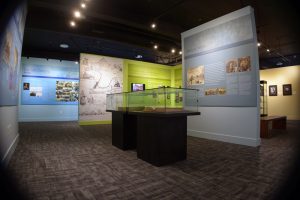
Abbotsford, a multicultural city with deep roots in agriculture, is home to people from many backgrounds. Explore their stories, past and present, at The Reach Gallery Museum, where you’ll find contemporary art and the Voices of the Valley exhibit that showcases the city’s interesting history.
The iconic Trethewey House Heritage Site, the 1920s residence of a lumber baron, shares a slice of Abbotsford settler life and a new permanent exhibit that shows how the Stó:lō have been impacted by European colonization.
There are many religious faiths in Abbotsford. The Gur Sikh Temple is known as the oldest of its kind in North America and is a National Historic Site. Its accompanying Sikh Heritage Museum documents the arrival of the South Asian community to the Fraser Valley in the early 1900s. Meanwhile, the Mennonite Heritage Museum details the 500-year-old history of the Mennonites, centuries-long connection to agriculture, as well as their arrival in British Columbia from Russia and Prussia/Poland.
Chilliwack
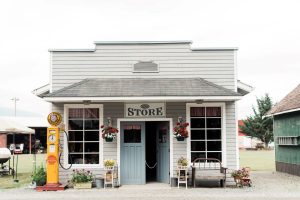
The Stó:lō are known as the People of the River. Chilliwack, located on the Mighty Fraser River, gets its name from the Halq’eméylem word “Ts’elxwéyeqw,” which means “as far as you can go upstream in a canoe.” Embark upon a cultural journey at the Coqualeetza Grounds, where you can learn about Coast Salish baskets and view archaeological artifacts. You can further your understanding of Stó:lō culture and take a guided bus tour that covers Chilliwack Lake or the Sumas region, where your guide will share stories passed down through generations.
In the 1800s, during the fervent Gold Rush, thousands of settlers arrived on the shores of Chilliwack by riverboat. While many carried on to the gold fields, others found wealth of a different kind in the rich soil and fertile growing lands of the area. Today, Chilliwack has a bounty of agricultural production.
Explore settler history as you stroll through Chilliwack’s historic downtown to view old civil buildings, churches, and homes. Continue your journey back in time and visit Atchelitz Threshermens Association Pioneer Village to see heritage buildings and old steam machinery on display, including a general store, chapel, and blacksmith shop. The Chilliwack Museum and Archives, located in a pristine white Colonial-style building, showcases permanent and temporary exhibitions that explore the history, culture, and diversity of the people in the area.
While exploring Chilliwack, be sure to visit District 1881, a walkable heritage-inspired community, where you can wander through charming boutiques and pop into local breweries and restaurants.
Harrison River Valley
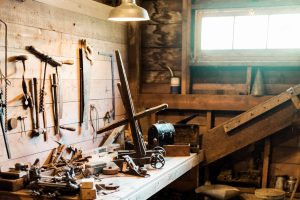
The lush Harrison River Valley—which links Agassiz, Harrison Hot Springs, Harrison Mills, and the communities in between—echoes with stories of ancient beings, Gold Rush adventures, and pioneer life.
You might know the Harrison area for its ties with Sasquatch. The Sts’ailes Peoples say that sa:sq’ets is a supernatural being that stewarded the land and interacted with humans during ancient times. These elusive creatures may still be lurking in the dense forests—the most recent sighting was in 2009. You can take a self-guided walking tour or pop into the Sasquatch Museum and Visitor Centre to learn more.
Stretch your legs with one of the Agassiz Harrison Museum walking tours, where you’ll learn about the arrival of the Canadian Pacific Railway and the establishment of farmlands in the area. Tucked away in Harrison Mills, Kilby Historic Site is a living museum of rural history that offers a glimpse into 1920s Fraser Valley, with costumed interpreters and heritage buildings.
Mission
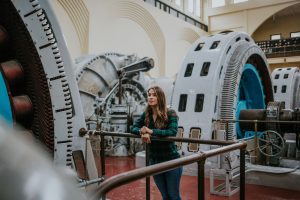
Mission, home to BC’s oldest known Indigenous archeological site, has a captivating history that includes Canada’s first train robbery, and one of the province’s earliest hydroelectric dams and Fraser River bridges.
Book a tour of X̲áːytem National Historic Site, a centrepiece for Stó:lō Transformer stories about supernatural beings who once walked the Earth. While you’re in Mission, you can also pay your respects and learn about the dark legacy of residential schools on a tour of St Mary’s.
Mission’s Museum and Archives has an eclectic collection of stories and artifacts that document Indigenous culture, the 1948 historic flood, and immigrant settlements. The 1912 Powerhouse at Stave Falls National Historic Site is another fascinating point of interest in town.
Hope, Cascades & Canyons
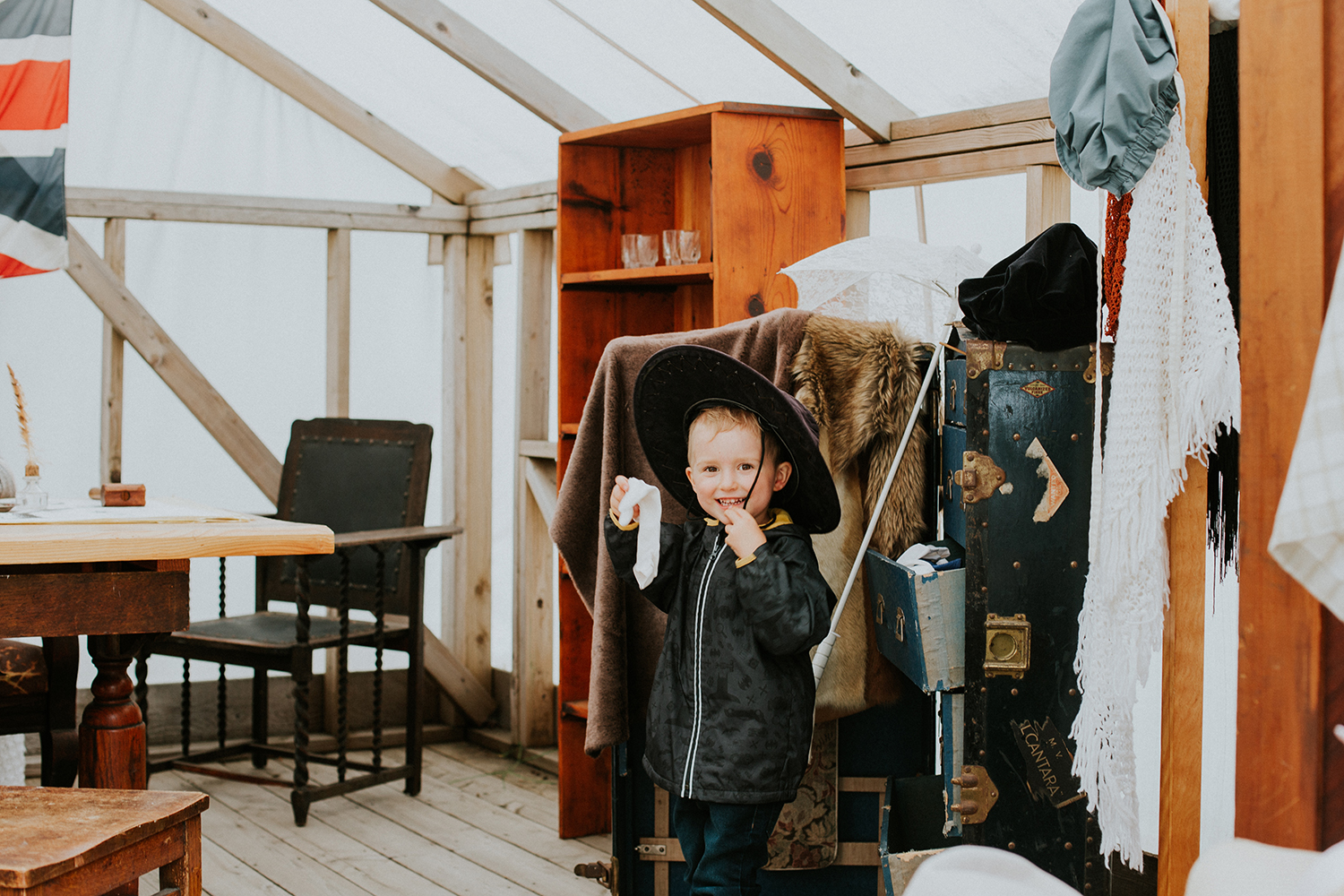
Flanked by the Fraser River and surrounded by the Cascade Mountains, Hope and surrounding areas offer an intriguing look at British Columbia’s past.
Find peace and pay respects at the Japanese Friendship Garden in Hope Memorial Park, which honours the Japanese-Canadians interned during WWII.
There is plenty to explore within a one-hour drive north along the Trans-Canada Highway. Visit Yale Historic Site to learn about the chaotic days of the Gold Rush and the Chinese railway workers who toiled over the Canadian Pacific Railway. Extend your trip to Yale with an overnight stay beside the Fraser River in the 1880s Johnny Ward Guest House, or sleep in the historic Teague House Bed and Breakfast, surrounded by the natural beauty of the Fraser Canyon.
Alexandra Bridge Provincial Park, a 15 minute drive farther north, is another point of interest. This bridge was one of the Fraser Valley crossings that connected gold miners to the Cariboo Waggon Road. You can also take a day trip to Hope Slide along Highway 3, where tragedy struck in 1965 when 50 million cubic metres of debris barrelled down the mountainside.
Next, make your way to Boston Bar to explore Hell’s Gate Fishways and famous Hell’s Gate Airtram and Suspension Bridge, where paranormal activity has been reported. While you’re in Boston Bar, visit Tuckkwiowhum Village, a First Nations heritage site and village located in Nlaka’pamux territory.
The Stó:lō Nation Bad Rock tour is another great way to explore the area. Departing from Chilliwack, the bus tours bring visitors on a journey to Yale and Hope, exploring cultural sites and sharing stories of the area.
When we explore our past, we can better understand our future. The rich Indigenous culture and varied settler history of the Fraser Valley is the perfect place to start.



